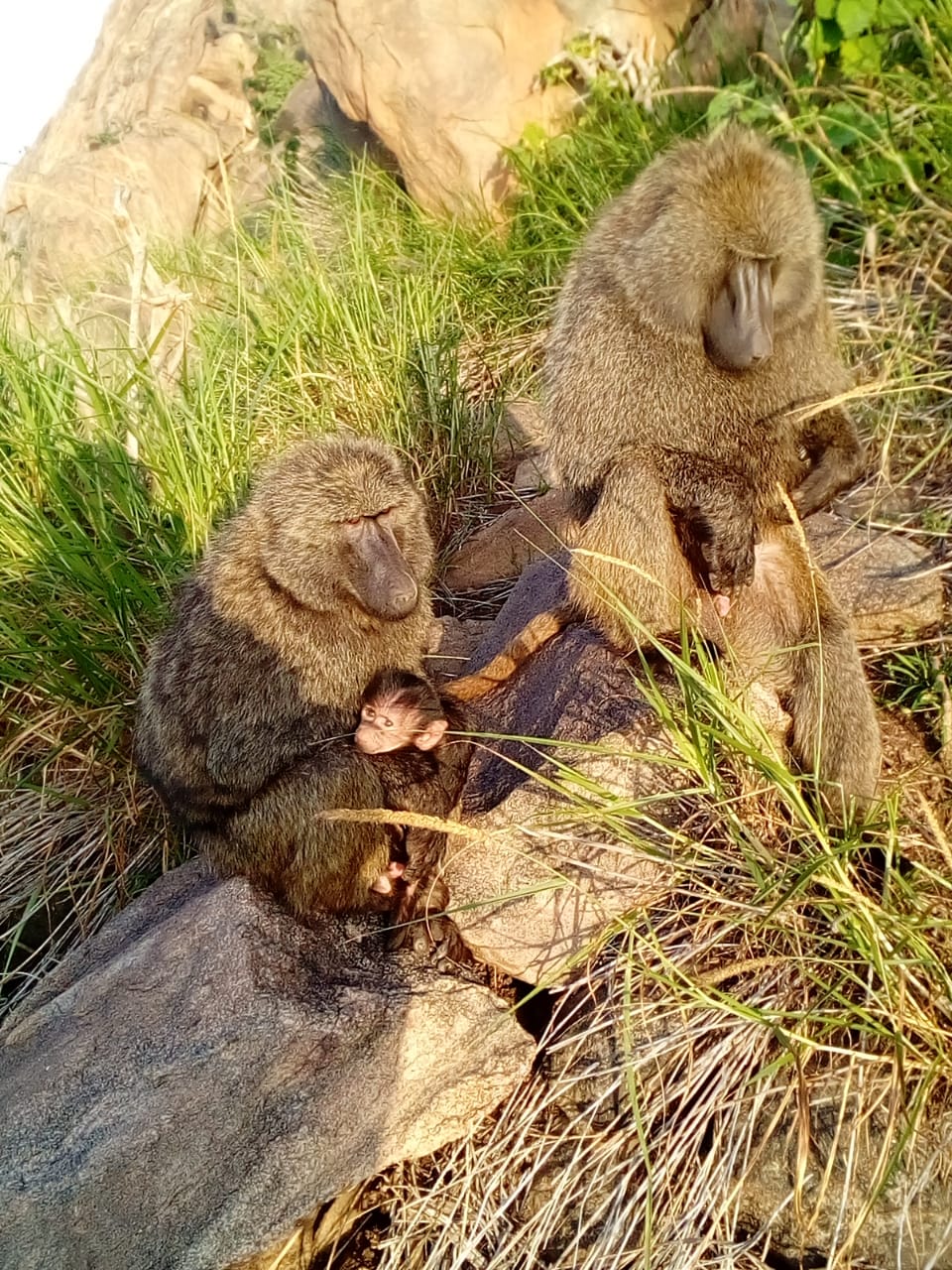
📍Wild Science Feature
Boredom Fuels Creativity: Capuchin Monkeys Ignite an Unexpected—and Lethal—Ritual on a Panamanian Island
In a secluded area of Panama’s Coiba National Park, an unusual and disturbing situation is taking shape among white-faced capuchin monkeys (Cebus imitator). On Jicarón Island, investigators have documented a troubling series of puzzling and lethal encounters that provide groundbreaking insights into animal behavior and culture. A pioneering study published on May 19 in Current Biology reveals that young male capuchins have started to capture and transport infant howler monkeys (Alouatta coibensis)—a behavior that seemingly yields no real advantage for the captors and ultimately results in fatal consequences for the infants.
This extraordinary finding not only illuminates primate behavior but also unveils the formation and propagation of a social custom in real time, prompting inquiries into the origins of culture, creativity, and even cruelty among animal communities.
The Emergence of an Odd Custom
The first documented instance occurred in January 2022, when doctoral researcher Zoë Goldsborough from the Max Planck Institute of Animal Behavior (MPI-AB) observed a concerning scene in motion-triggered camera footage. A young male capuchin, later named “Joker,” was seen carrying an infant howler monkey on his back. Over the following months, Joker was observed abducting four different howler infants, each carried for up to nine days.
Five months later, this behavior reemerged—not with Joker but with four other young males. During the 15-month observation period, researchers recorded 11 instances of this strange practice, with infants clinging to the bellies or backs of the capuchins while they partook in typical activities such as foraging and tool use.
Not Adoption, But Abduction
While early interpretations suggested unlikely interspecies adoption, the accumulating evidence soon indicated a more sinister interpretation:
– Up to two howler infants were seen at the same time—an unusual occurrence in natural settings.
– Adult howlers were captured on camera expressing distress, attempting to reclaim their young.
– Capuchins actively obstructed the infants’ attempts to escape and occasionally confronted adult howlers.
– At least four of the infants perished, likely from dehydration and starvation, as capuchins offered no maternal care or milk.
Importantly, the capuchins did not appear to inflict direct harm on the infants, nor did they gain any known benefit from having them. The behavior did not exhibit playful, predatory, or nutritive traits. The infants were neither used as social currencies nor status markers. Ultimately, carrying them may have interfered with typical capuchin activities, especially complex tool usage.
Why Would This Behavior Spread?
What could compel intelligent primates to engage in a behavior that provides no benefit and leads to the demise of unrelated individuals? The researchers identify two primary factors: social learning and environmental ease.
Dr. Meg Crofoot, managing director at MPI-AB, suggests that the unique conditions on Jicarón—lack of predators, abundant food, and minimal competitors—have created a low-stress environment with surplus free time. For intelligent and socially oriented creatures such as capuchins, this creates an opportunity for spontaneous innovation, even if that innovation is maladaptive.
“This new custom illustrates that necessity isn’t always the mother of invention,” Crofoot states. “For a highly intelligent monkey living in a secure, perhaps even unstimulating environment, boredom and free time can suffice.”
The researchers theorize that Joker’s actions may have originated as ill-directed alloparental care—a natural inclination to nurture—but that others in the group began imitating him due to social observation, rather than need. As time passed, the practice evolved into what could be viewed as a cultural trend—distinct yet detrimental.
Animal Culture with a Dark Side
This scenario vividly exemplifies animal culture: behaviors shared and transmitted socially rather than genetically. Until now, most known examples in non-human species—such as tool use, vocal dialects, or foraging strategies—possessed a specific function or evolutionary advantage.
“We demonstrate that non-human animals can cultivate cultural traditions without obvious purposes, but with damaging repercussions for their surroundings,” explains Dr. Brendan Barrett, Goldsborough’s advisor and a senior researcher at MPI-AB.
What renders Jicarón particularly intriguing is that it already hosts another entirely distinctive cultural innovation: tool use among capuchins. These monkeys utilize stones to crack nuts—the only population in their genus recognized for this behavior. Both this tool use and the infant-carrying behavior appear to be concentrated among young adult males, indicating a potential underlying cognitive or social inclination toward experimentation and mimicry.
Implications and Unresolved Questions
Though the research team ceased camera monitoring in mid-2023, they are still uncertain whether the behavior has persisted or broadened within the population. If it results in sustained harm to